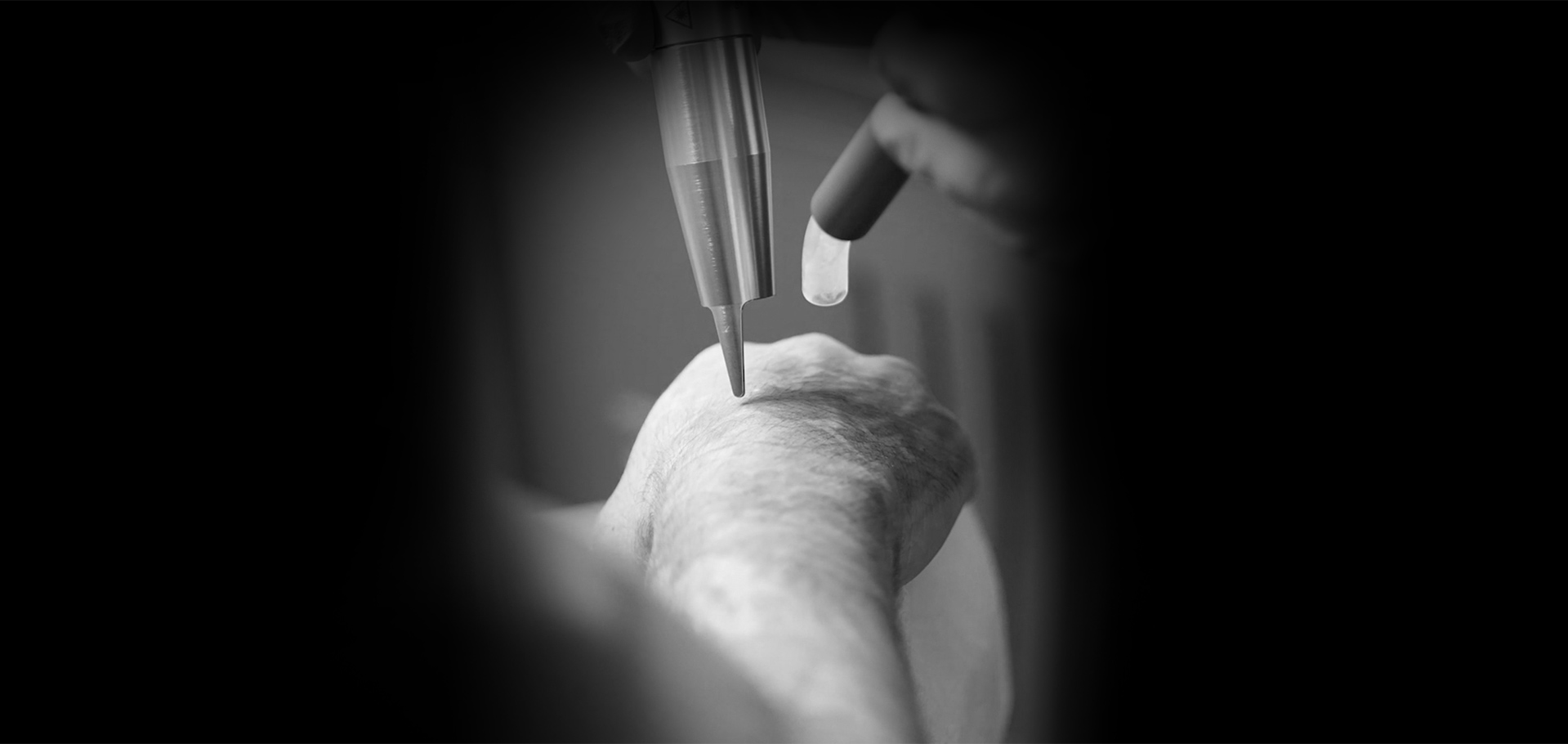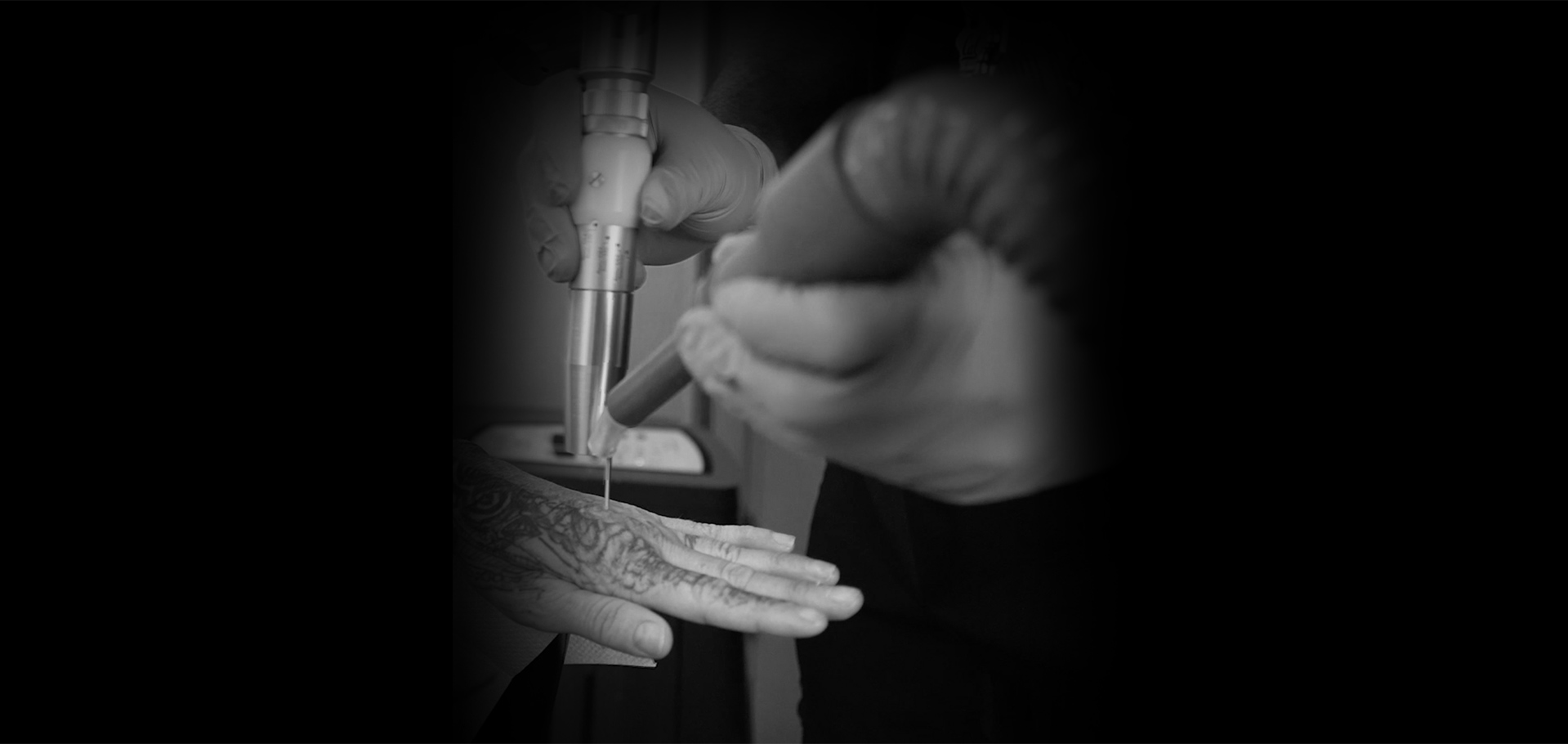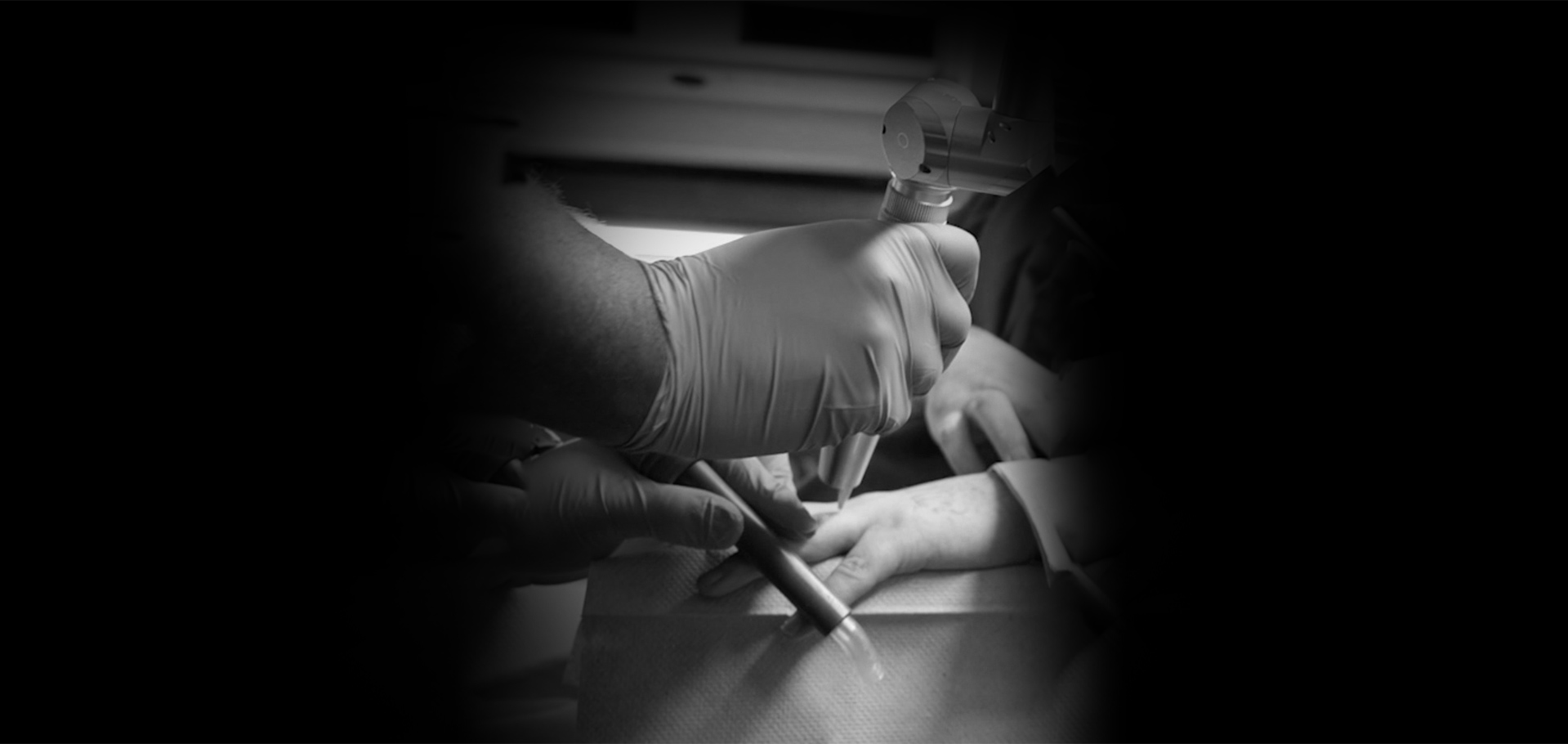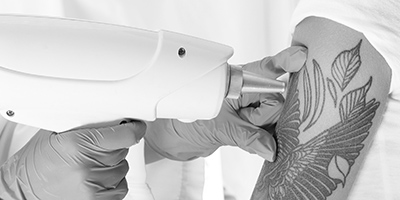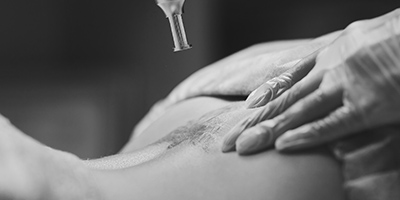
Understanding the various approaches to tattoo removal is crucial if you consider doing so. Several factors can affect the process, including the tattoo's age, ink color, design size, and complexity. Some tattoos are easier to remove than others.
Laser Removal: How It Works
If you choose laser removal, it is best to understand how the process works. Most tattoos are removable with a Q-switched laser, which emits energy in one strong pulse. This energy pulse heats the ink in your skin to dissolve it. You will need several treatments over several weeks or longer to altogether remove your tattoo.
Aftercare for Laser Removal
Following each laser removal session, you will want to follow the aftercare instructions given. Typically, this entails repeatedly applying antibacterial ointment to your skin. You should also avoid wearing tight clothing or exposing the treated area to direct sunlight. Keeping it clean and dry is crucial. You should not pick at any scabs or blisters that form, as this can increase your risk of scarring.
Can Lasers Remove Tattoos Completely?
Yes, lasers can delete tattoos. However, you may need to receive several sessions before the tattoo completely fades away. The number of sessions required will depend on the tattoo's color, size, age, and location.
How Do Lasers Facilitate Tattoo Removal?
Comprehending the tattooing process and how laser tattoo removal works are crucial. A tattooist uses a needle or similar tool to permanently embed coloration into the skin. White blood cells flood the area to defend against the puncturing, holding the ink in place. Lasers can disrupt this process and remove unwanted tattoos by targeting the ink without affecting the surrounding skin.
Considerations for Tattoo Removal
The number of treatments needed can vary based on several factors. These include the following:
Tattoo Color
Ink colors affect the ease of removing a tattoo. Black and darker inks are easier to remove than blues and greens, which require more treatments.
Skin Tone
Skin tone plays a role in the removal process. Lighter and fairer skin tones usually respond quicker to treatment than darker ones. Sun exposure can affect the results, so keeping the treated area out of the sun and avoiding artificial tanning is essential.
Layering of Tattoos
If the tattoo you want to remove covers up another tattoo, the number of ink layers increases, requiring more treatments.
Tattoo Location
The location of the tattoo affects the speed of removal. Those close to the heart typically fade quicker due to higher circulation. Areas with lower circulation may take longer to fade.
Health
Your health is a crucial factor in tattoo removal. The lymphatic system eliminates shattered ink after laser tattoo removal, so the healthier you are, the quicker the process.
Amount of Ink
The more ink in the tattoo, the more treatments are necessary for complete removal.
Age of Tattoo
Due to natural fading, older tattoos are typically easier to remove than fresher ones. Laser tattoo removal breaks down ink particles into tiny pieces, allowing the body to flush them out more quickly.
Professional or Amateur Tattoo
Professional tattoos are harder to remove because the ink is deeper into the dermis. Amateur tattoos, such as stick and poke tattoos, are easier to extract as the ink is not as deep.
Conclusion
The process of removing a tattoo can be successful. It is essential to weigh the advantages and disadvantages of the various options. Although experts consider laser removal the most efficient and least invasive method, some might have better options.
For more on laser tattoo removal, visit the Mobile Tattoo Removal Experts. Call (619) 327-9774 or email info@mtrexperts.org to book an appointment today.
